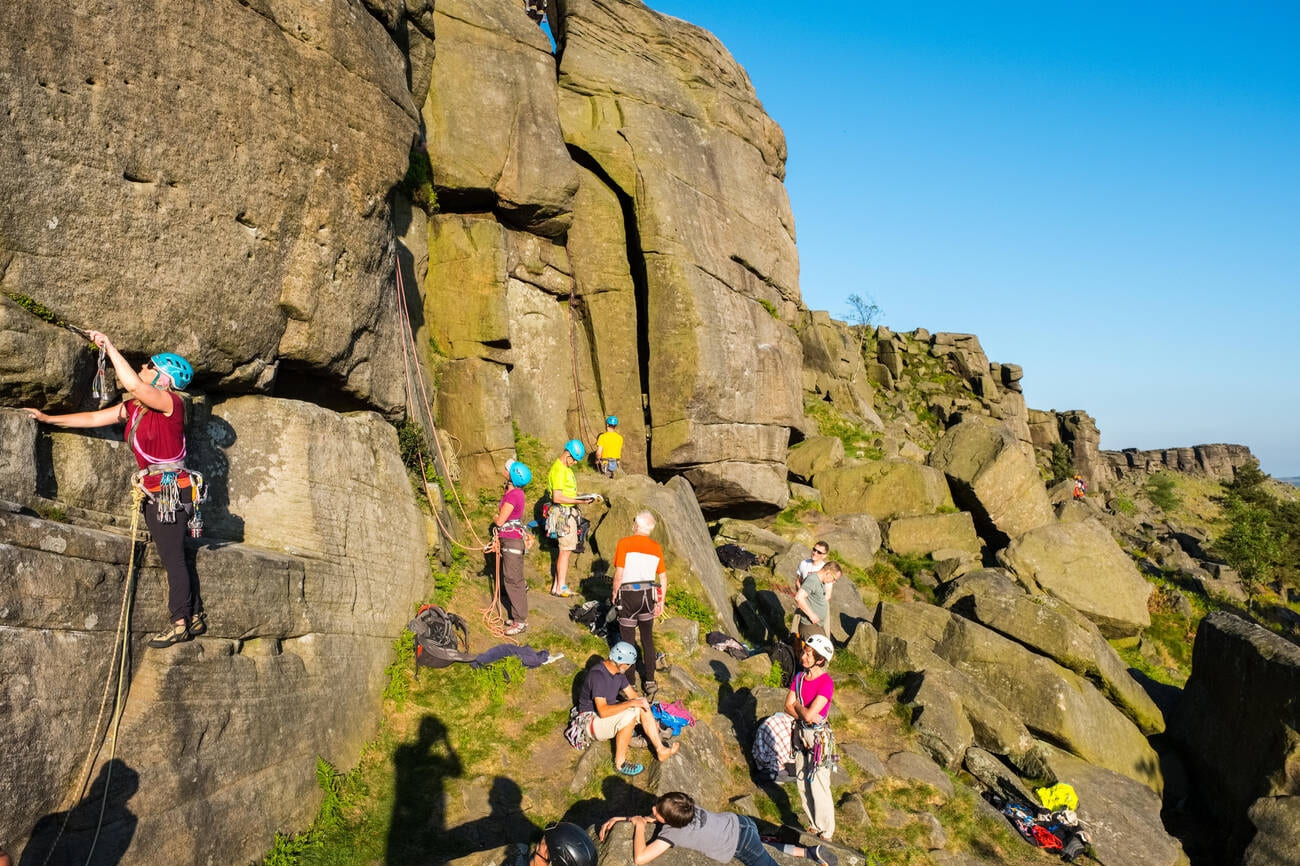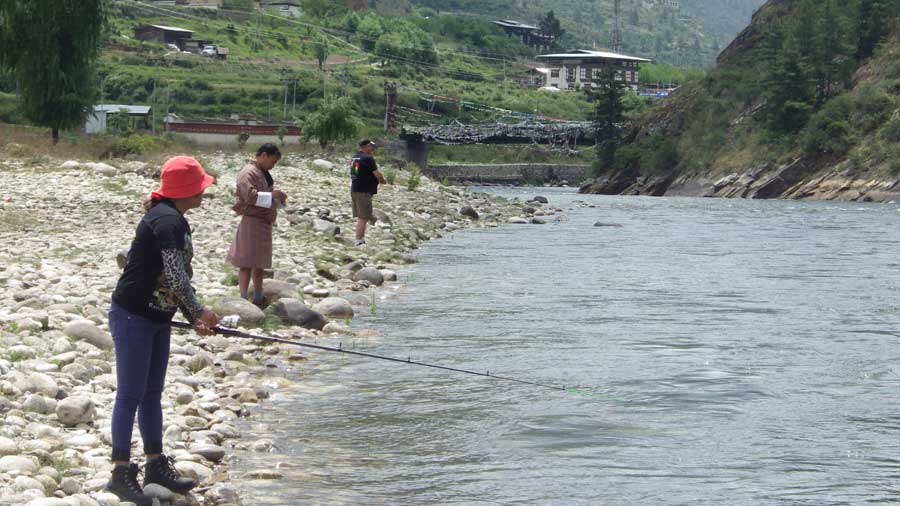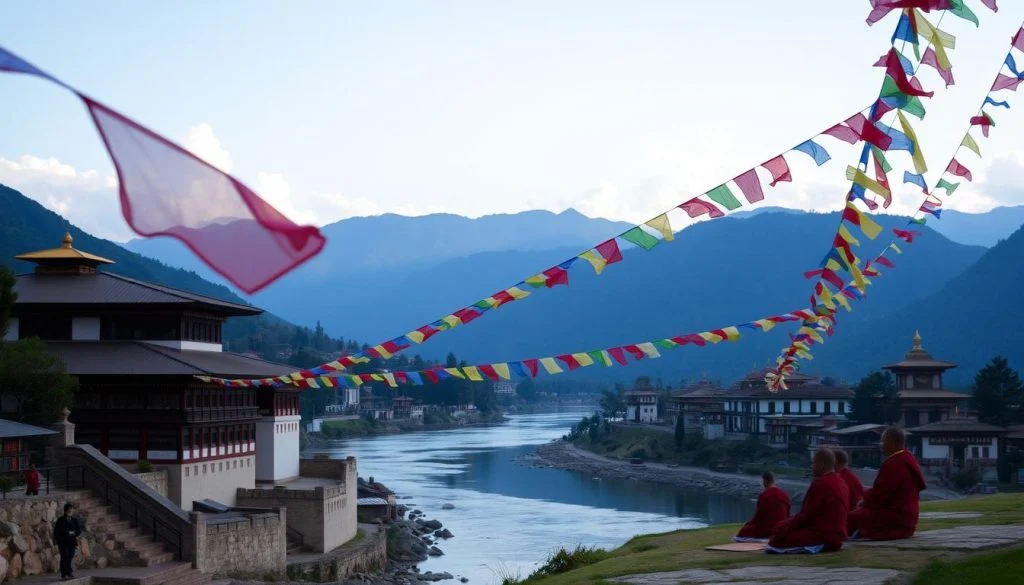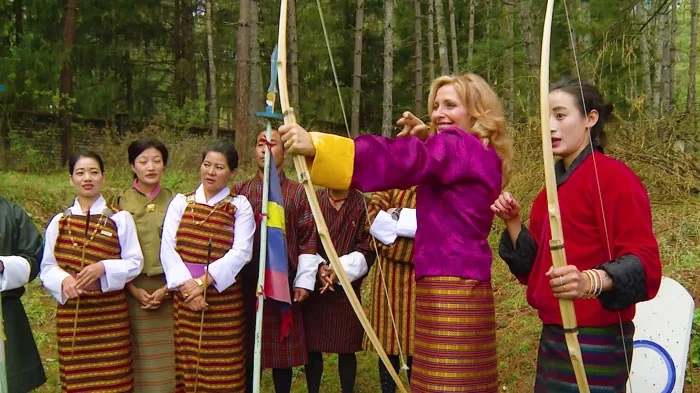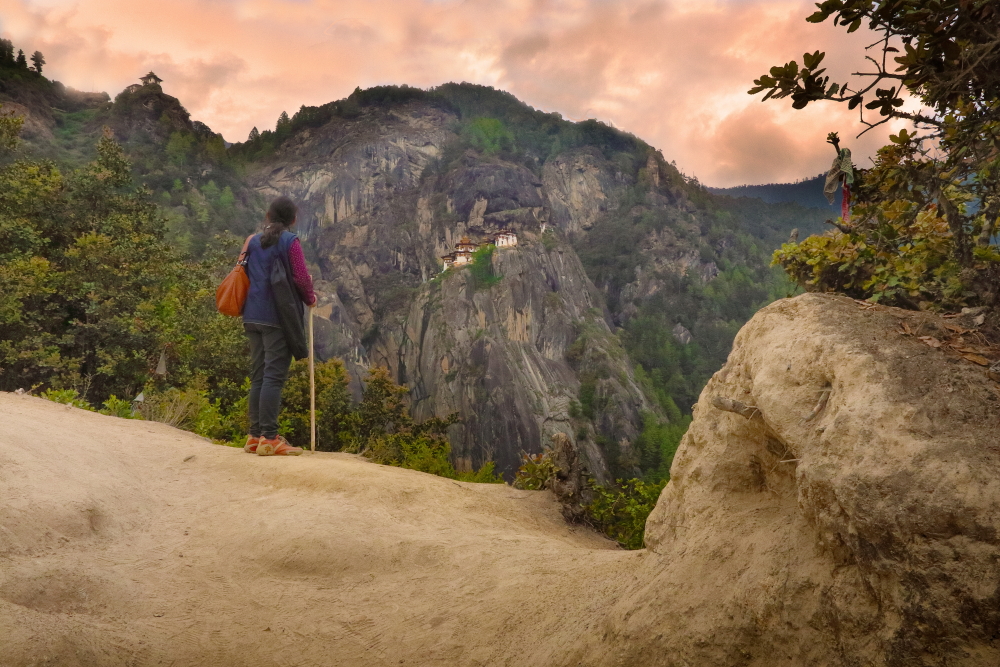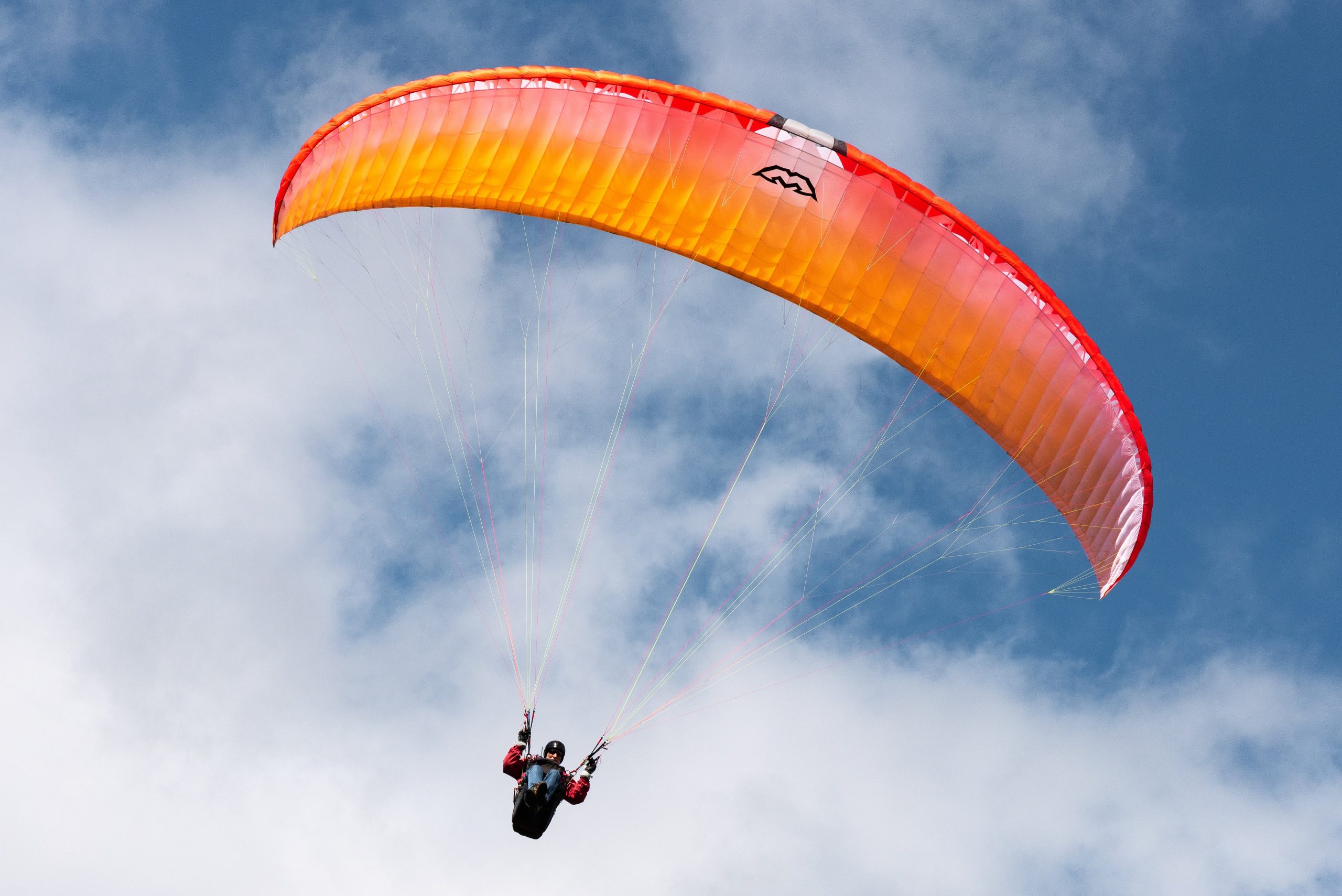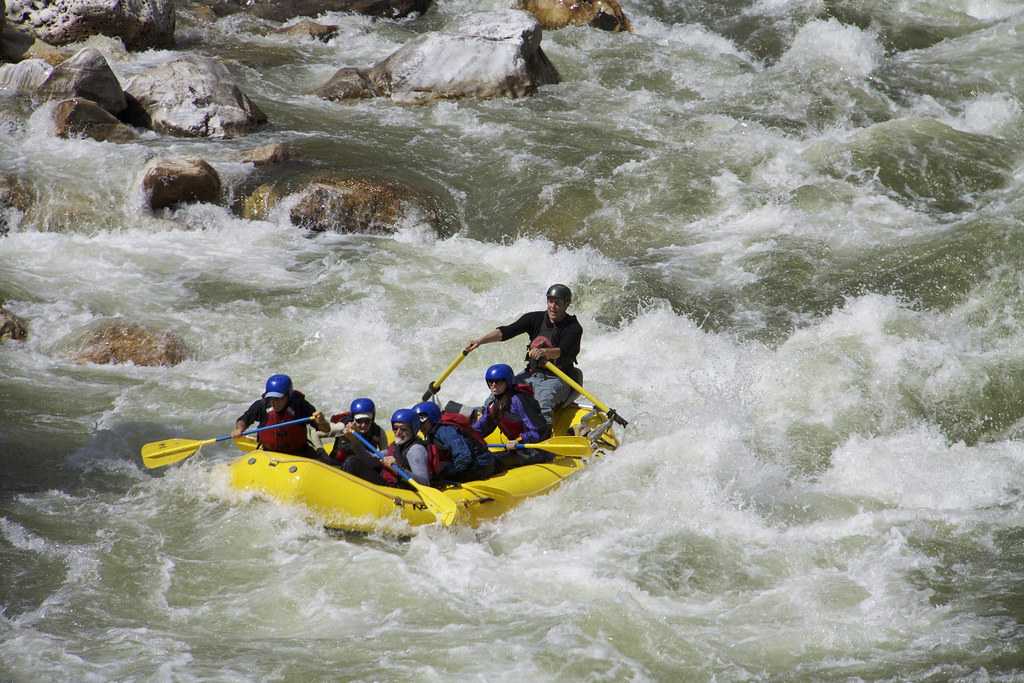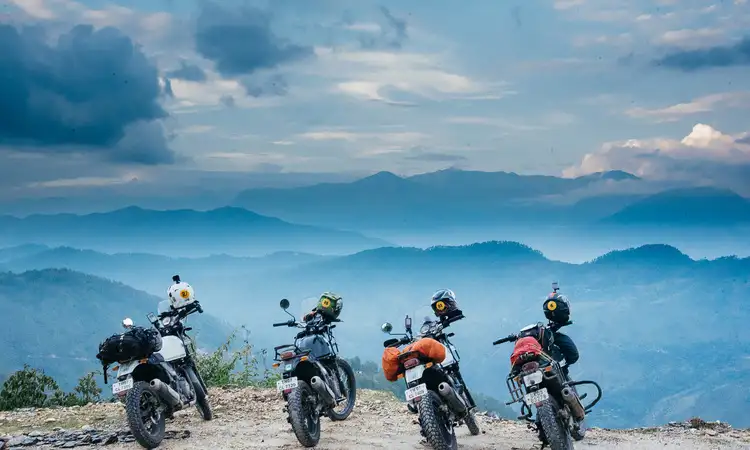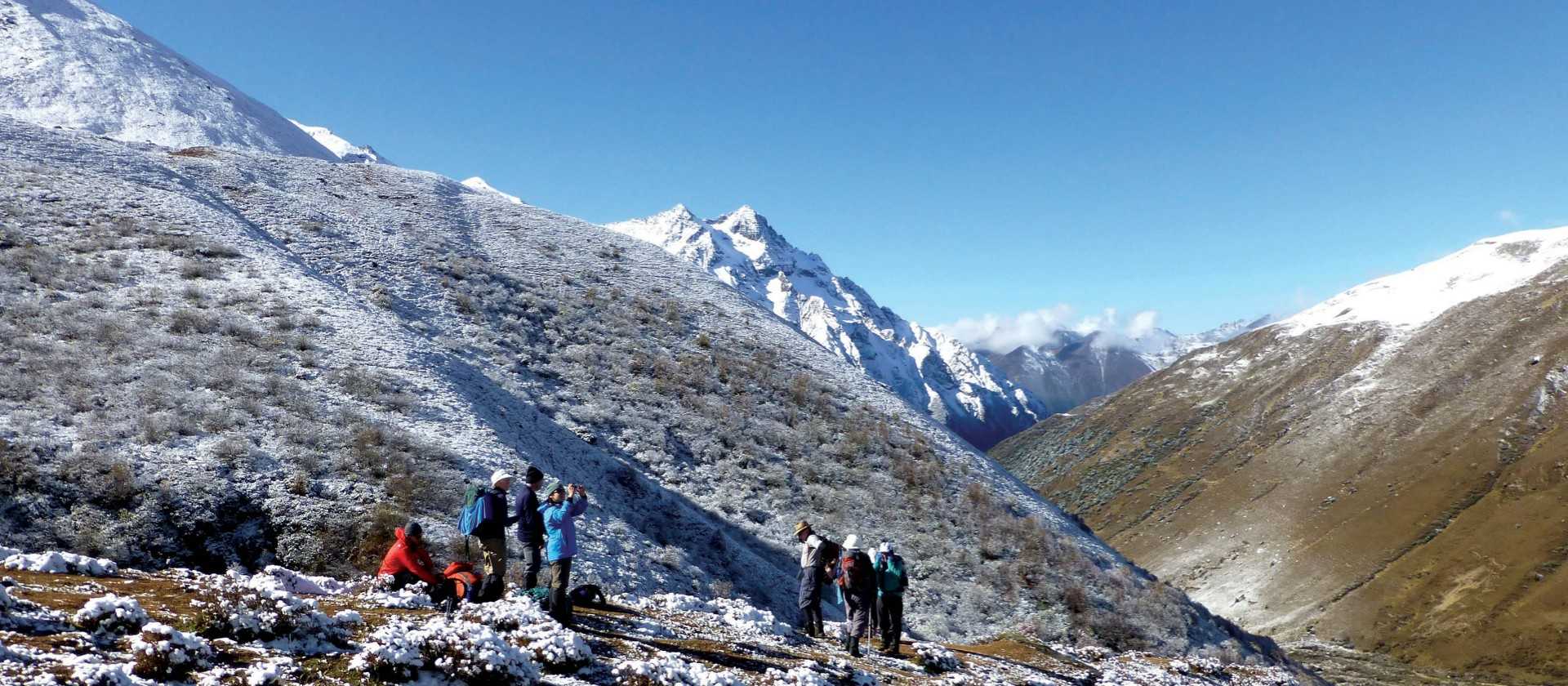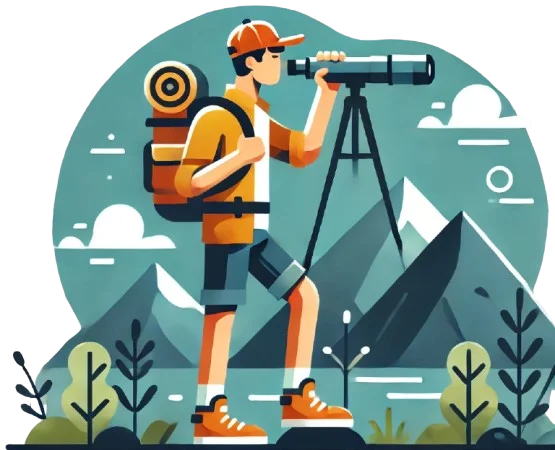Horseback Riding in Bhutan
Horseback Riding in Bhutan
Horseback riding offers a unique and serene way to explore Bhutan’s diverse landscapes. From the lush valleys to remote highlands, horse riding allows you to access areas that may be difficult to reach by foot or vehicle.
In regions like Bumthang Valley and
ng>Phobjikha Valley, horseback riding tours are available, where you can ride through beautiful meadows, visit local villages, and take in the stunning views of the Himalayas. Horses have been used in Bhutan for centuries, particularly in remote areas, where they continue to serve as a primary mode of transportation.
Gallery
More Detail About Horseback Riding in Bhutan
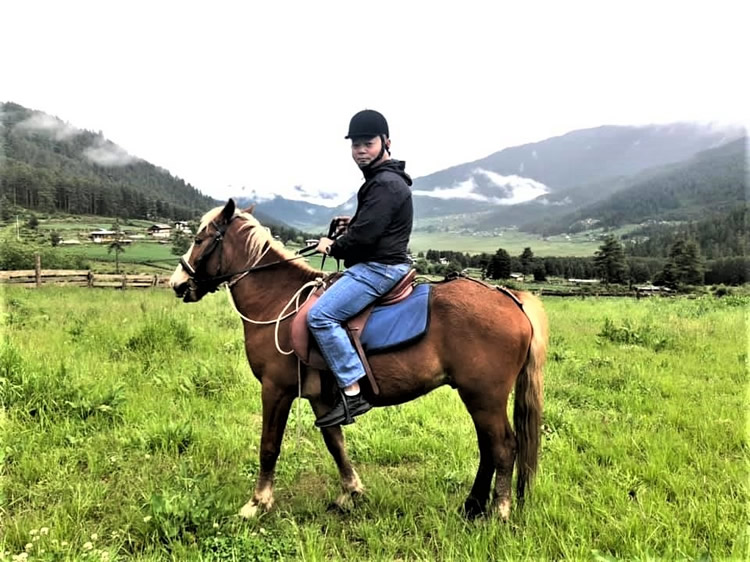 (Horseback Riding in Bhutan is the most demanding activity among domestic and international trekking lovers.)
(Horseback Riding in Bhutan is the most demanding activity among domestic and international trekking lovers.)
Riding through Bhutan’s rugged landscapes not only allows you to see untouched beauty but also provides an authentic connection to the country’s traditions. Horseback riding is perfect for those who enjoy outdoor activities but would like a less strenuous way to explore the natural wonders of Bhutan.
...
Categories

Request a call back
Our experts would love to create a package just for you!







